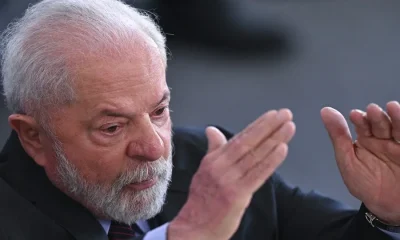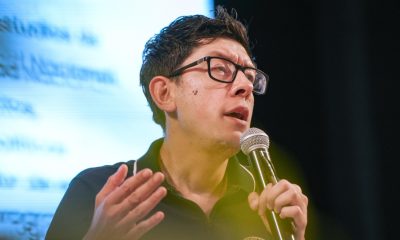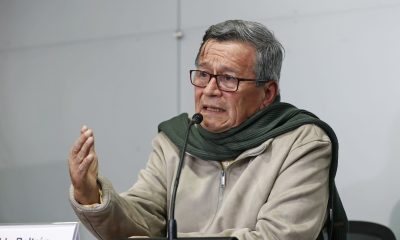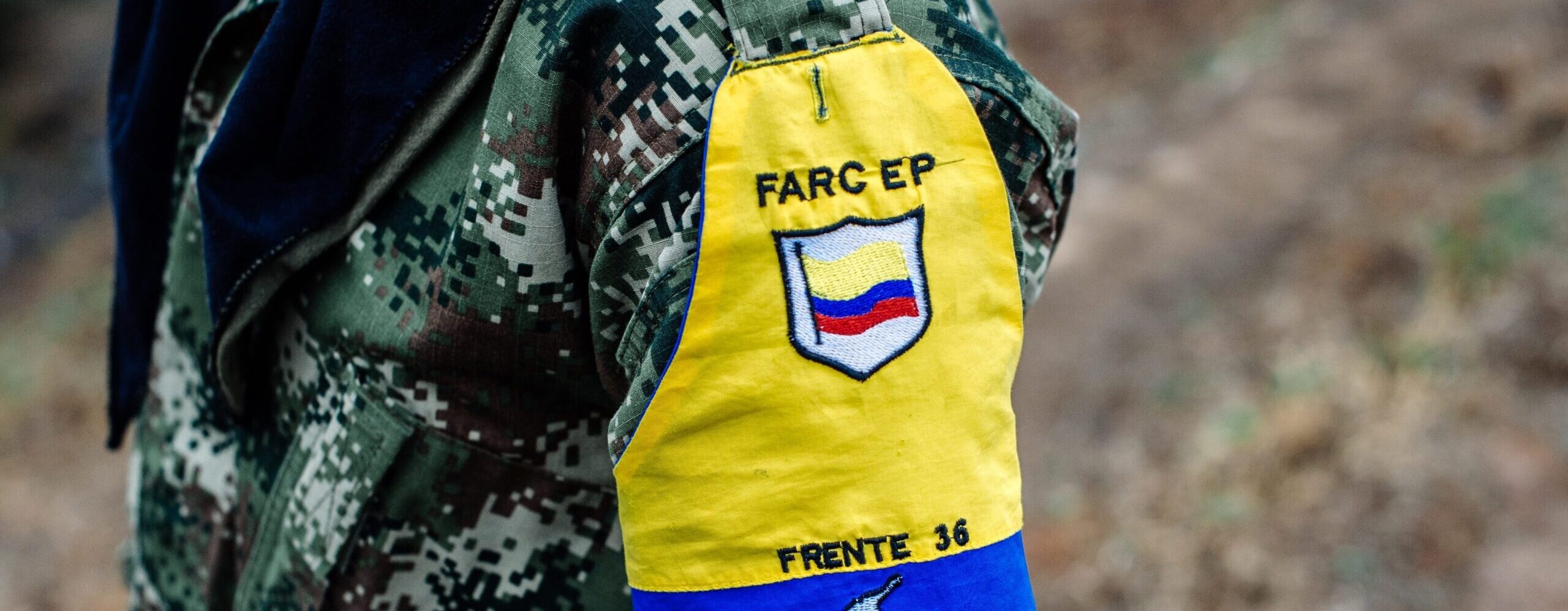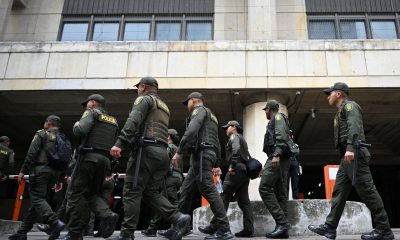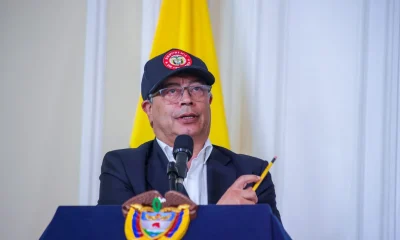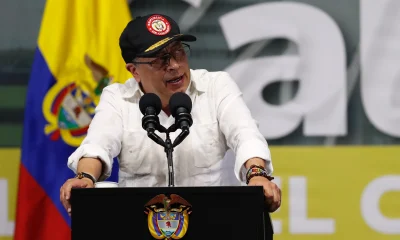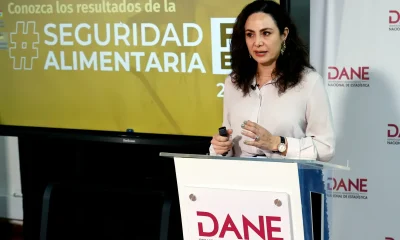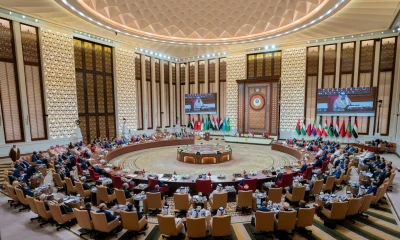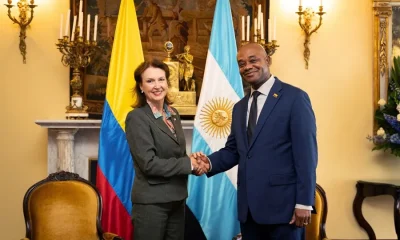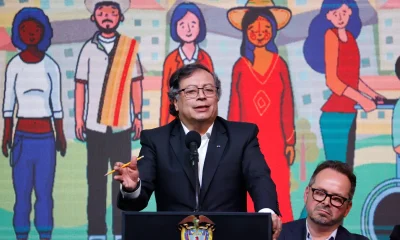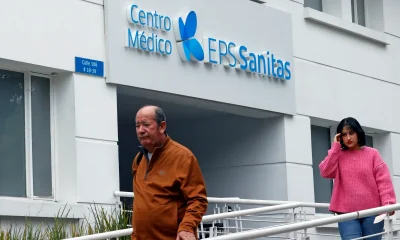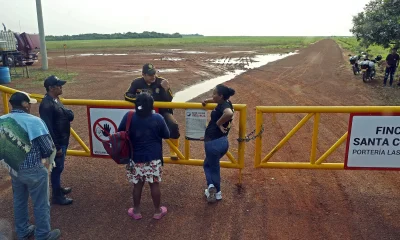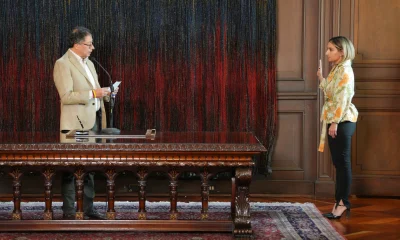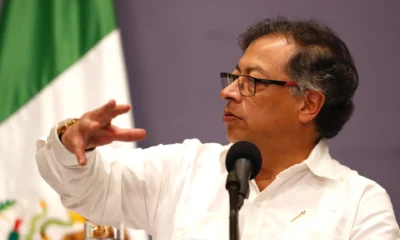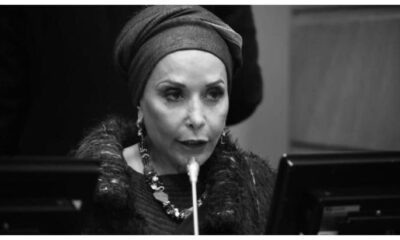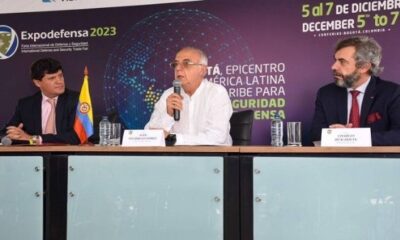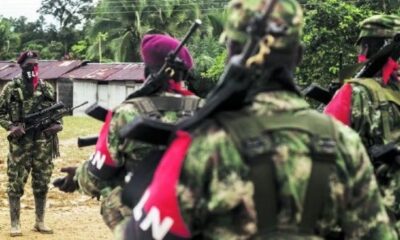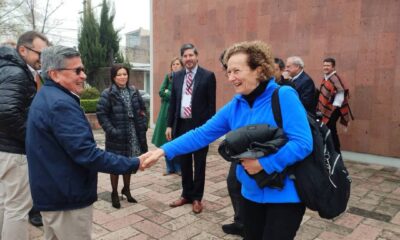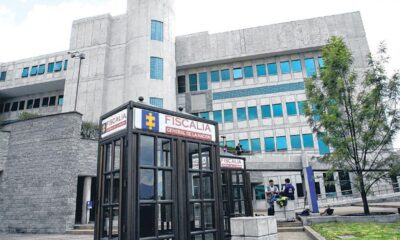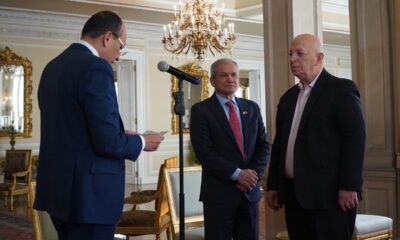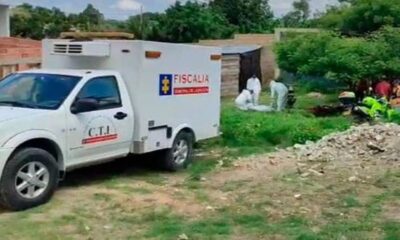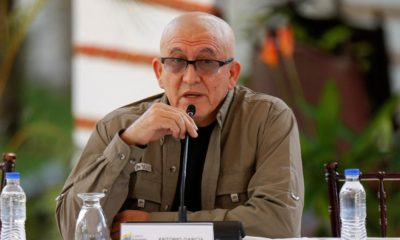International
Peace Tribunal in Colombia charges former FARC for child recruitment
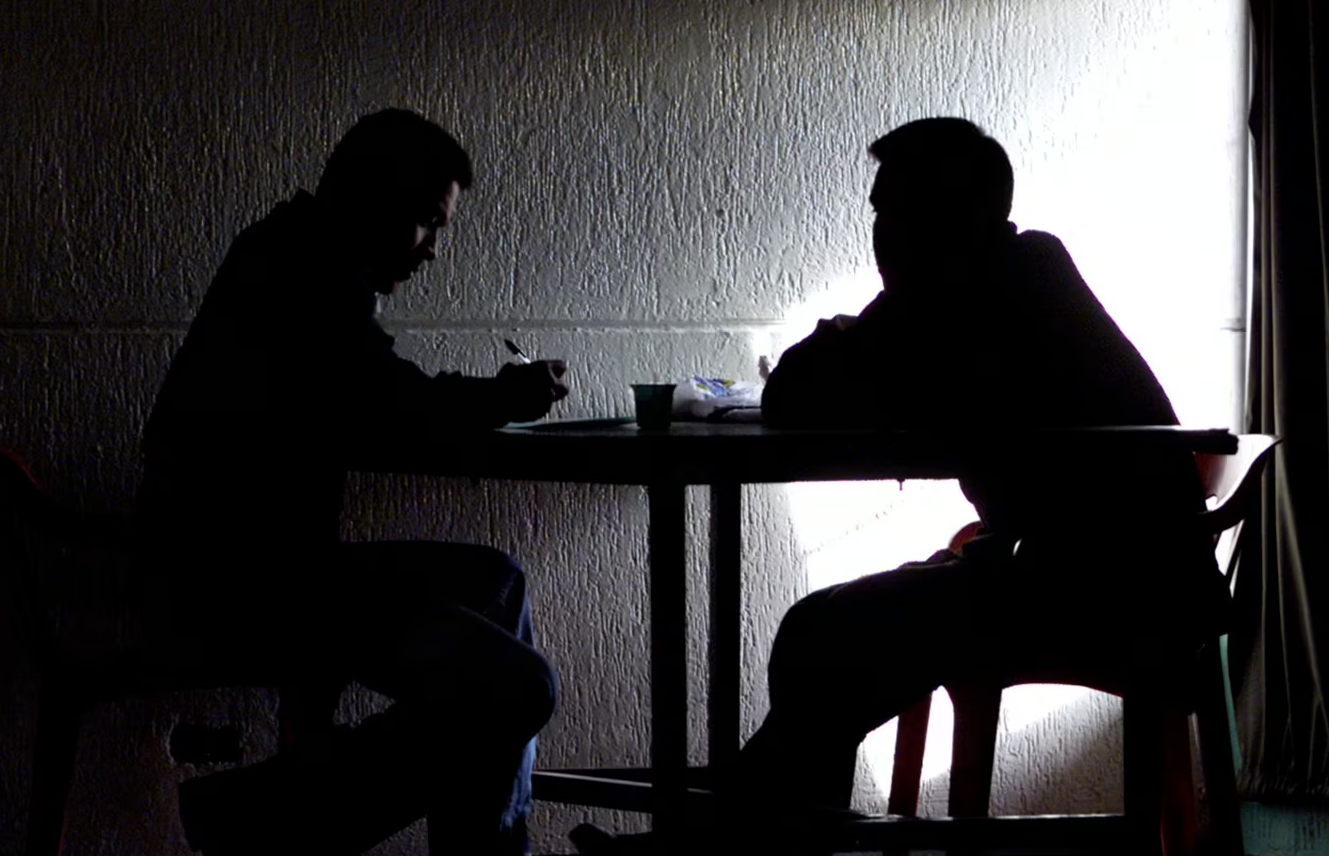
March 9th |
For the first time, Colombia’s Peace Tribunal indicted 10 mid-level commanders of the now-defunct Revolutionary Armed Forces of Colombia guerrillas for the recruitment and use of minors in the armed conflict, as well as 13 other war crimes and crimes against humanity, including murders, disappearances, executions and the use of anti-personnel mines.
Wednesday’s indictment is the first in what is known as Case 05, which investigates crimes committed during five decades of conflict in northern Cauca and southern Valle del Cauca, two departments in the southwest of the country where the FARC’s Western Bloc operated.
The Special Jurisdiction for Peace (JEP), the court created after the signing of the peace agreement between the state and the FARC in 2016, has 10 major cases open in which it is trying former FARC combatants, members of the security forces, state agents and civilians.
At least 18,677 children were victims of forced recruitment during Colombia’s armed conflict, according to the court’s preliminary figures. That crime is being investigated separately in a case that covers the entire country but was included in the charges brought against the 10 former guerrillas on Wednesday.
The court found that the FARC used “recruitment as a political-military strategy as an armed organization,” according to the indictment, especially since the late 1990s, with a “significant increase” since 2011.
Former top FARC commanders have acknowledged that the guerrillas forcibly recruited minors, but have denied that this was a systematic practice.
In the area, most of the minors who joined the guerrilla ranks were indigenous or Afro-descendants, according to voluntary accounts from several of the ex-guerrillas. Former combatant Efrén Núñez Pulido acknowledged before the Court a policy of recruiting minors, among them an “indigenous girl under 15 years of age who was later shot”.
The minors, detailed the Tribunal, were taken through deception and economic offers and many of their families lost track of them or later received their lifeless bodies.
The Court also found that in northern Cauca and southern Valle del Cauca the now defunct guerrillas committed deliberate attacks against the civilian population and aimed to “declare a provisional government” in the area and then “expand their presence and obtain power through the use of arms”.
With its actions, the former guerrillas caused deaths and disappearances of indigenous people and peasants who were accused of being informants or leaders against the insurgency, displaced thousands of people and used anti-personnel mines to achieve territorial and social control and confine the communities, according to the Court.
The former FARC carried out “councils of war” and “executions” within its ranks in which several of its members were shot for going against the rules. According to the Court, the FARC disregarded the Additional Protocol to the Geneva Conventions “since they killed minors and persons who were brought in solely for the purpose of being killed without guarantees”.
In its investigation, the Tribunal compared 28 reports and publications from State entities, indigenous and victims’ organizations, as well as 91 versions from former guerrillas.
The ex-combatants have 30 working days to acknowledge or reject the accusations. If they deny responsibility, they may defend themselves with a lawyer, but if they are found guilty in a trial they could be sentenced to up to 20 years in prison. If they accept responsibility, they would receive sanctions that do not imply imprisonment.
International
Fire at substation triggers major blackout in San Francisco
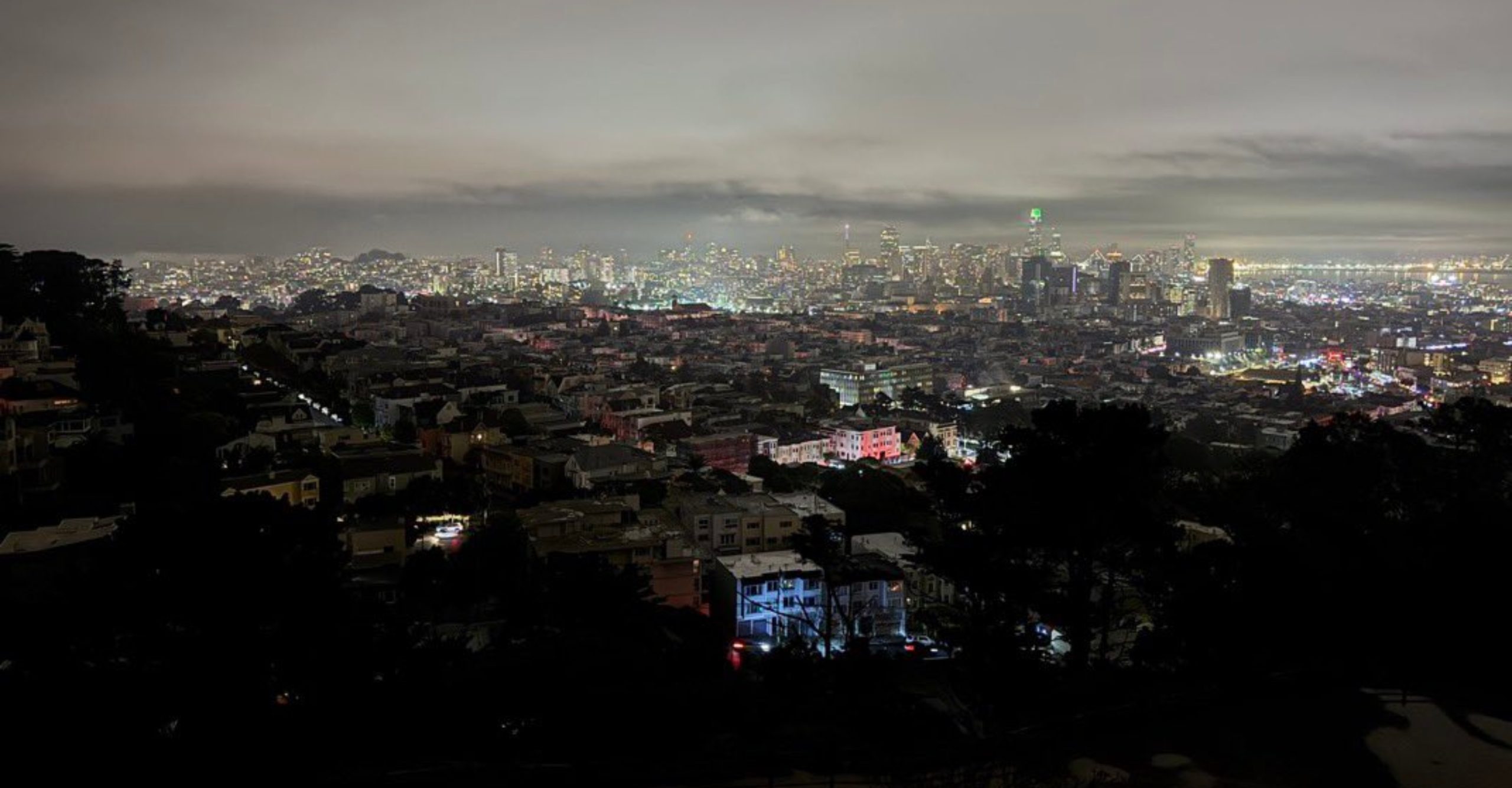
The U.S. city of San Francisco was plunged into darkness Saturday night after a power outage left about 130,000 customers without electricity, although the utility company said service was restored to most users within hours.
Pacific Gas & Electric Company (PG&E) said in a statement posted on X that nearly 90,000 homes had their power restored by 9:00 p.m. local time (05:00 GMT on Sunday), while the remaining 40,000 customers were expected to have service restored overnight.
Large areas of the city, a major technology hub with a population of around 800,000, were affected by the blackout, which disrupted public transportation and left traffic lights out of service during the busy weekend before Christmas, a crucial period for retail businesses.
“I know it’s been a difficult day,” San Francisco Mayor Daniel Lurie said in a video posted on social media from the city’s emergency operations center. “There has been progress, but for those still without power, we want to make sure they are safe and checking in on their neighbors,” he added.
Lurie said police officers and firefighters advised residents to stay home as much as possible. He also noted that officers and traffic inspectors were deployed to manage intersections where traffic lights were not functioning.
The mayor confirmed that the outage was caused by a fire at an electrical substation. Parts of the city were also covered in fog, further complicating conditions during the incident.
As a result of the blackout, many businesses were forced to close despite it being the weekend before Christmas. The sudden drop in shopper traffic ahead of the holiday is “devastating” for retailers, the manager of home goods store Black & Gold told the San Francisco Chronicle.
International
Cristina Kirchner recovering after appendicitis surgery in Buenos Aires
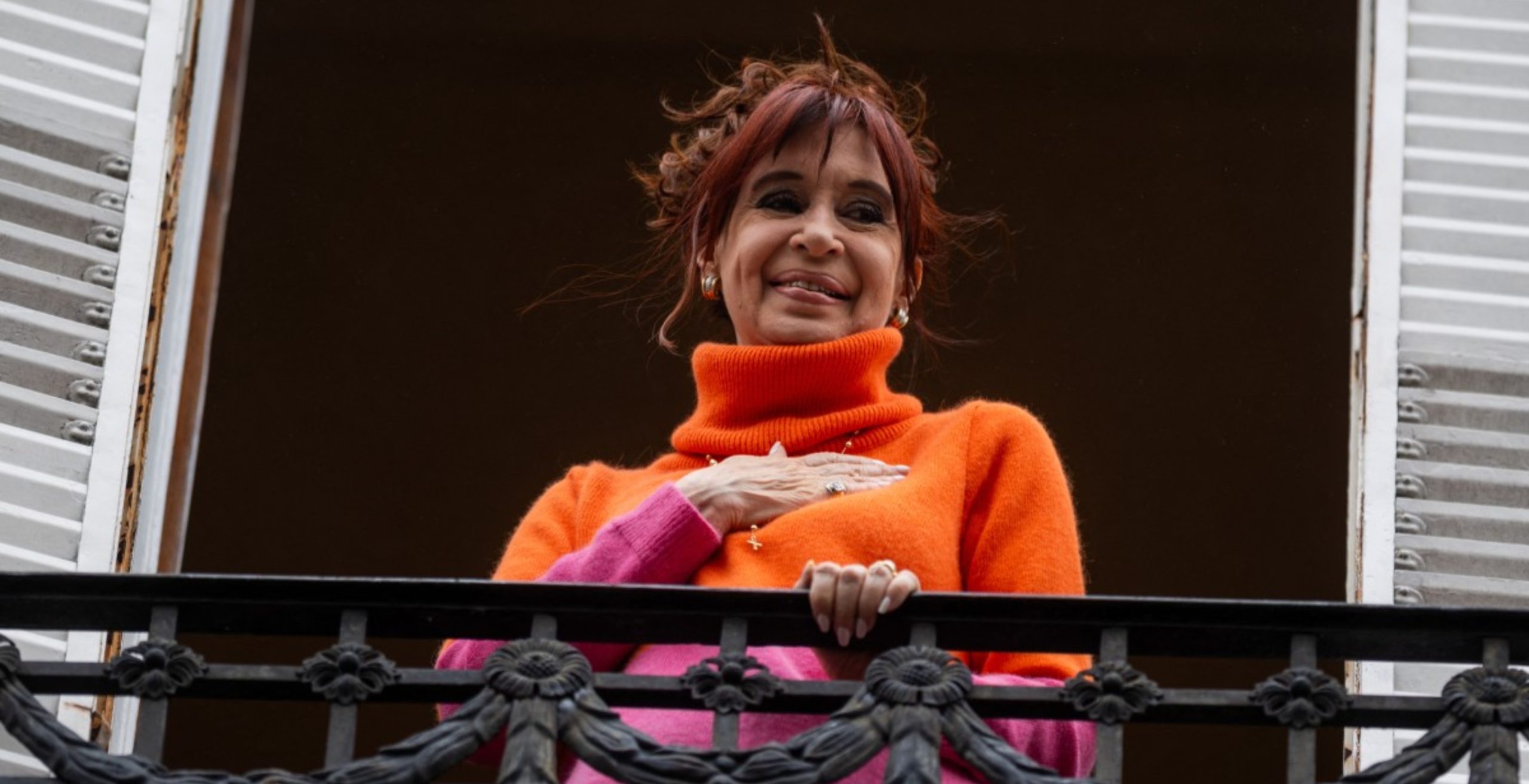
Former Argentine President Cristina Kirchner underwent surgery on Saturday after being diagnosed with appendicitis and is recovering “without complications,” according to a medical report released by the Otamendi Sanatorium.
Kirchner was admitted to the Buenos Aires medical center on Saturday after experiencing abdominal pain. Doctors performed a laparoscopic procedure that confirmed a diagnosis of “appendicitis with localized peritonitis,” the statement said, adding that her post-operative recovery has been progressing without complications.
The former president was transferred to the clinic with judicial authorization from her apartment in Buenos Aires, where she is serving a six-year sentence under house arrest for corruption.
International
Argentina detects first local cases of Influenza A (H3N2) Subclade K

Argentina’s National Administration of Laboratories and Health Institutes (ANLIS) “Dr. Carlos G. Malbrán” has confirmed the detection of three cases of influenza A (H3N2) corresponding to subclade K in the country. These are the first locally recorded cases of this variant, which has become predominant in several countries in the Northern Hemisphere in recent months and is associated with higher transmissibility.
The cases were identified through the National Network of Laboratories and Sentinel Units and confirmed by the National Reference Laboratory of INEI-ANLIS using genomic sequencing techniques. According to health authorities, the cases involve two adolescents from the province of Santa Cruz, detected as part of the Ambulatory Monitoring Strategy for Acute Respiratory Infections, and a child who had been hospitalized in the Autonomous City of Buenos Aires.
In all three cases, patients experienced mild illness and recovered without complications. Officials did not specify whether any of the affected individuals had a recent travel history.
The jurisdictions involved have already launched the corresponding epidemiological investigations and are responsible for ensuring timely medical care for the detected cases. According to the latest integrated surveillance report, the circulation of influenza and other respiratory viruses in Argentina remains within expected levels for this time of year.
-

 International2 days ago
International2 days agoShakira’s El Salvador concerts sell out in hours, fans demand more dates
-

 International2 days ago
International2 days agoPentagon confirms Trump pick for SouthCom as U.S. military pressure grows
-
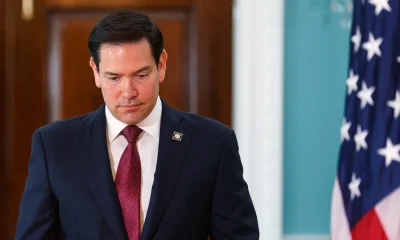
 International4 days ago
International4 days agoRubio rules out 2028 presidential bid if Vance runs
-
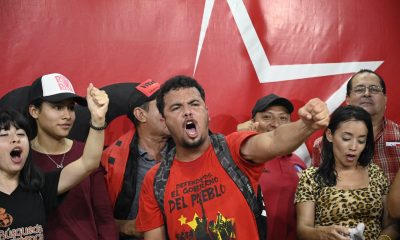
 Central America4 days ago
Central America4 days agoArrests and clashes in Tegucigalpa as vote count continues after Honduras election
-

 International2 days ago
International2 days agoTrump moves to reclassify marijuana as less dangerous substance
-

 International2 days ago
International2 days agoArgentina detects first local cases of Influenza A (H3N2) Subclade K
-
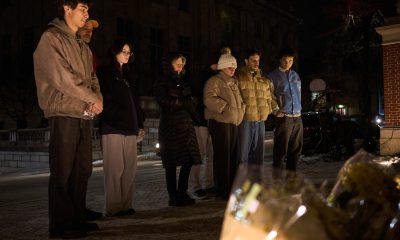
 International4 days ago
International4 days agoAuthorities search for armed and dangerous suspect in fatal Brown University attack
-
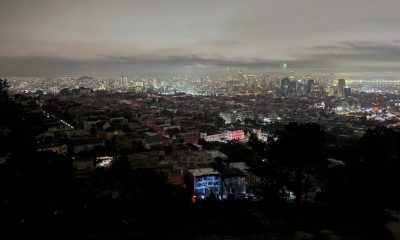
 International11 hours ago
International11 hours agoFire at substation triggers major blackout in San Francisco
-

 International11 hours ago
International11 hours agoCristina Kirchner recovering after appendicitis surgery in Buenos Aires



























